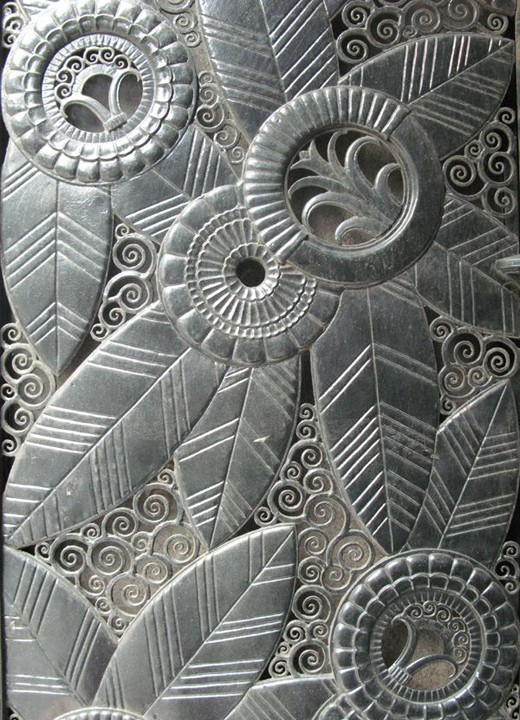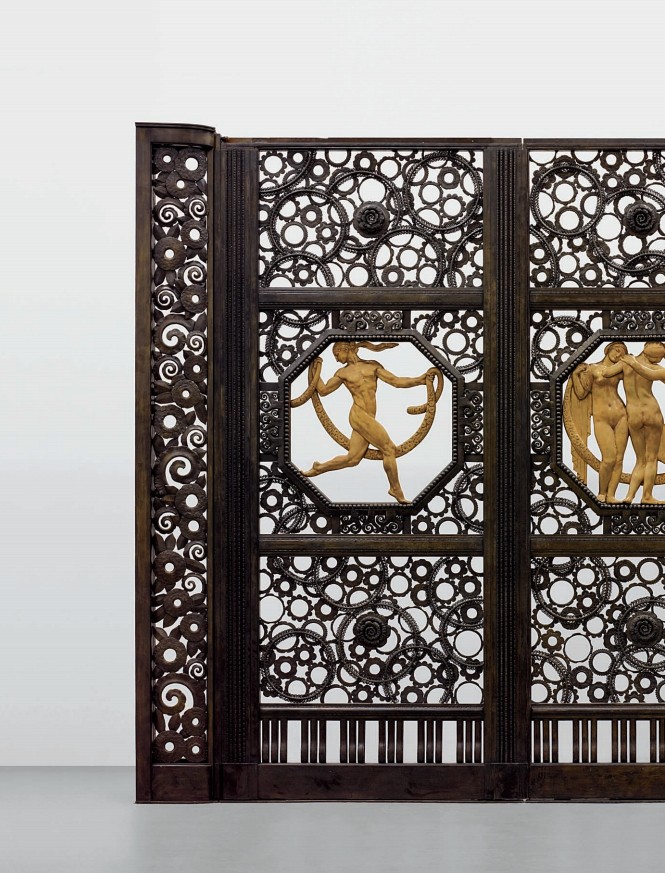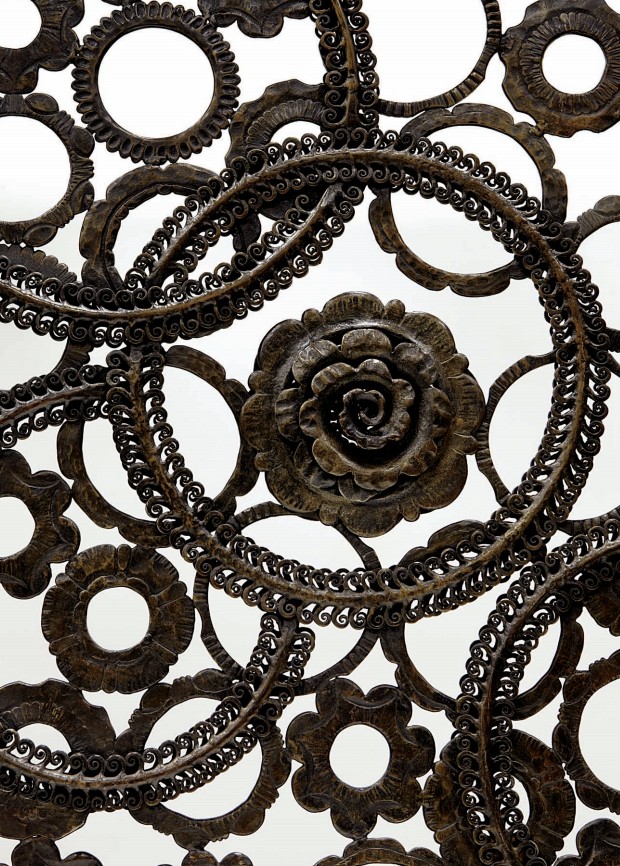Edgar Brandt tells a great deal about the Moderne concept of the decorative arts during the early years of the twentieth century. “We are indeed living in the true Iron Age, and the powerful means of modern metallurgy, deployed for the execution of a work of art, conceived of and elaborated on the scale of those means, will provide an artistic spectacle of imposing grandeur…logic and reason point to the artist making use of all that science places at his disposal.” By embracing new methods and tools such as power hammers, stamping and milling machines, and the oxy-acetylene welding torch (whereby the iron became its own joining material), Brandt pushed the possibilities of wrought iron such that he remains a central figure to the history of French decorative art.
Enjoy some of our selections of excellent and important ironwork by Brandt.
Completed in 1925, the Madison Belmont Building (at 181 Madison Avenue in Manhattan) was a prominent addition to the young commercial buildings serving the silk industry, and it was among the first in the U.S. to use Art Deco design elements, according to the NYC Landmarks Preservation Commission. The entry doors on Madison are fresh from the new Art Deco movement of Paris. Designed by the French metalworker Edgar Brandt (1880-1960), they were described by the magazine International Studio in 1925 as “carried to the nth power of perfection.”

A detail of the Art Deco entrance at 181 Madison Ave by Edgar Brandt
Image courtesy of supercozy

With an interesting provenance, Brandt’s L’Age d’Or was exhibited at the Salon d’ Automne, Paris, 1923, the International Exhibition of Architecture and Allied Arts at Grand Central Palace, New York, 1925, and acquired by John Woodman Higgins for the Higgins Armory Museum, Worcester, Massachusetts, 1935.
Here, on exhibition at the Higgins Armory Museum.

Edgar Brandt (1880-1960), L’Age d’Or, 1923. Patinated iron, gilt bronze. Three medallions executed by Max Blondat (1872-1926) at Phillips, New York

Images courtesy of Phillips, New York, June 2014